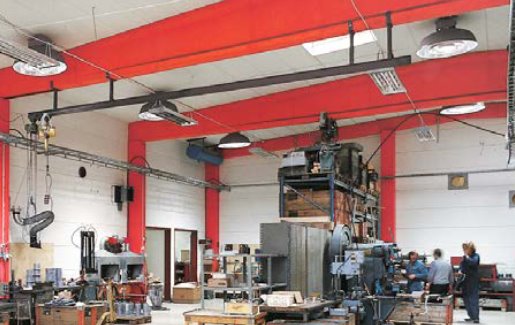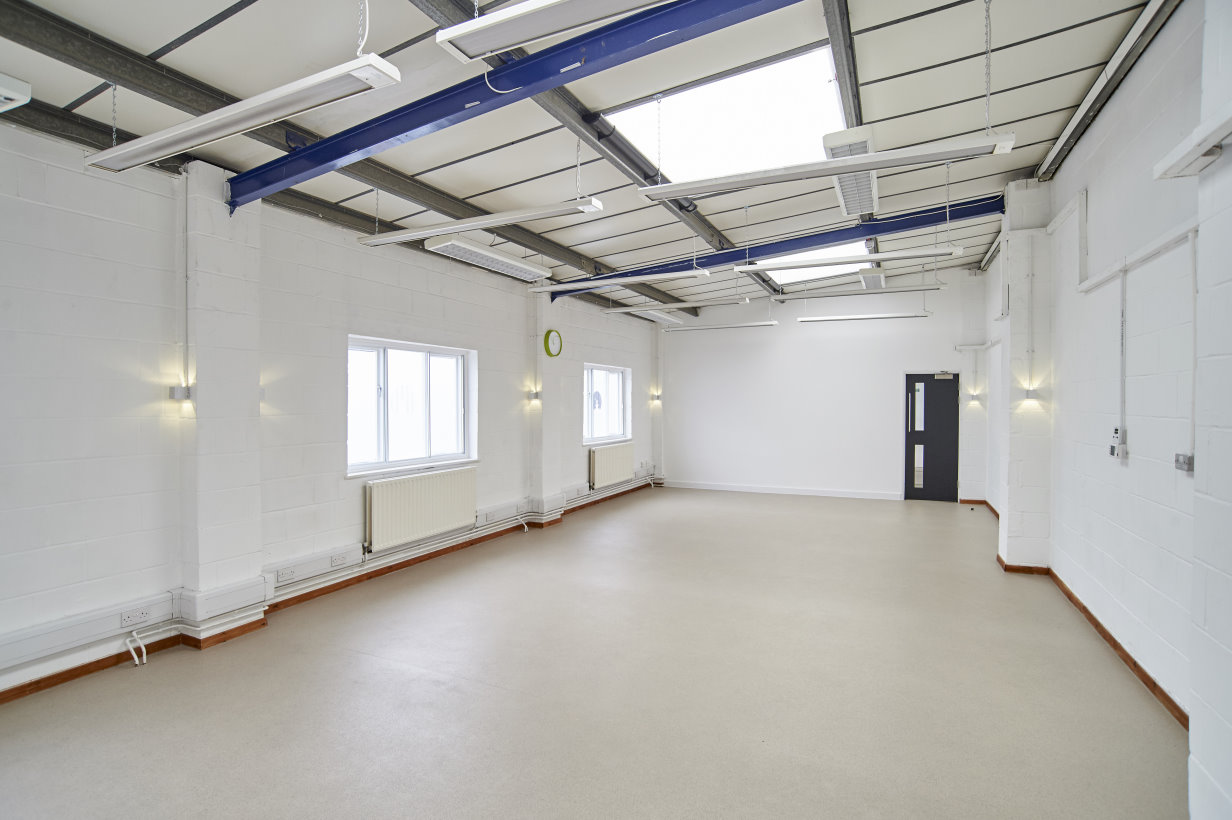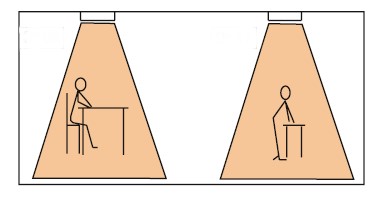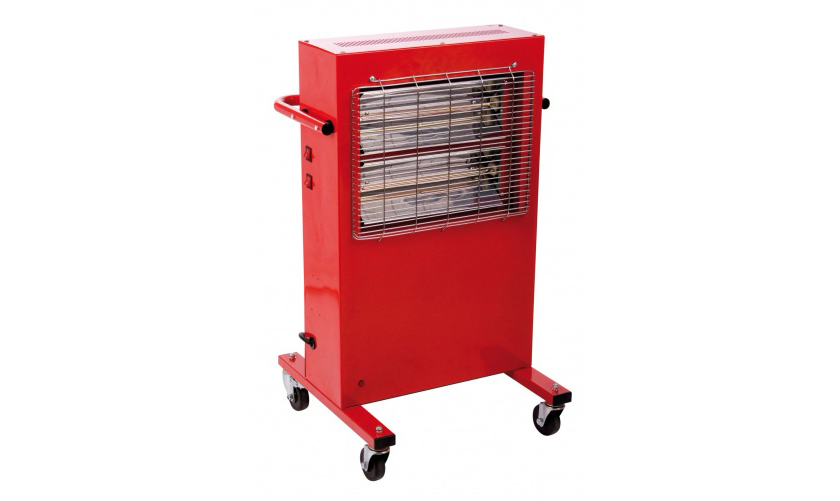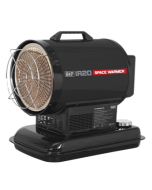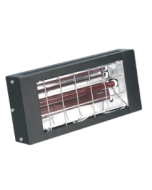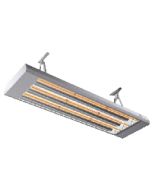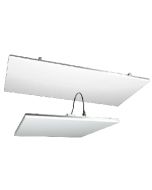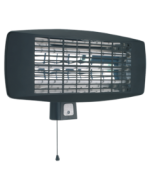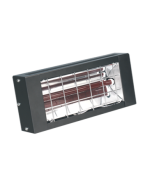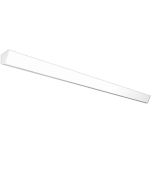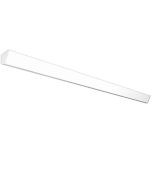Radiant Heating And Space Heating – A Guide To Find Your Most Suitable Heaters
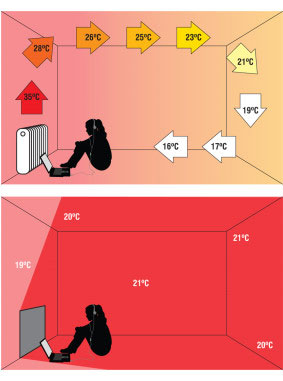
Radiant Heating and Space Heating in Domestic Setting
When starting process of choosing a heaters for an industrial or commercial space, the inevitable question will crop up – space heaters or radiant heaters? For this reason it is a good idea to firstly understand the differences between the two types of heater and then choose a route to pursue. The danger with not choosing at an early stage in the process is that the field of options will be impossible to compare making the process longer and more time-consuming.
Industrial heaters generally split into these two types;
Space heaters are designed to warm up the air in the work area,
Radiant heaters warm up the surfaces but not air.
In domestic environments, space heaters is generally preferred because the rooms area small and occupancy is generally quite high, and indeed the same usually applies to office environments. However, the costs of space heaters increase rapidly as the size of the room to be heated increases to say a factory, community hall or industrial unit and it can be noticed that the rate of increase in costs will be greater than that of radiant heating.
This is, in simple terms, why in larger rooms and buildings radiant heating is often preferred.
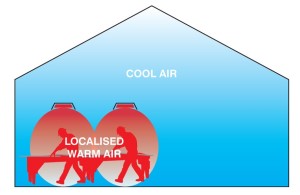
Factory with Radiant Heaters
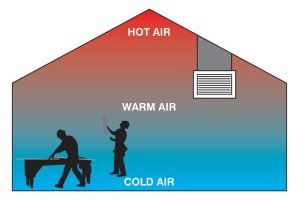
Factory with space heaters and no destratification fan
The same effect is found in industrial settings however the effects of ‘lost’ space heating are more dramatic as ceilings are typically much higher
The factors that favour radiant heaters over space heaters are as follows;
• Larger building or room size
• Low occupancy
• Infrequent occupancy
• High ceiling or roofline
• Drafty environments
• Poor insulation
• Need for heat zones within overall area
• Where rapid heating up time is required
• Where quick reaction to temperature control is important (up as well as down)
In contrast space heaters would tend to be favoured in:
• Medium and smaller rooms
• Rooms and buildings with high occupancy
• Applications with frequent or continuous use
• Well insulated rooms and buildings
• Applications where comfort of occupants is an over-riding priority
• Applications where there is a ready supply of surplus heat, e.g. from an industrial process
• Applications where heat is needed throughout a building or room rather than in definite areas.
Typical Heater Applications And Choice Factors Between Radiant Heating And Space Heating
Typical Heater Applications And Choice Factors Between Radiant Heating And Space Heating The following table is not an absolute rule but demonstrates some of the factors that will be typically influence the choice of heating type in different environments.
| Type of Application | Typical choice of heaters type |
| Office | Space heaters because relatively small enclosed area, low suspended ceilings, well insulated and occupants comfort is important |
| Community Hall | Radiant heaters because large volume room, high ceiling, intermittent use, quick heat up time needed, possibly quite and old building and not well insulated. If newer building, well insulated and used frequently throughout the day then consider space heaters. |
| Small Industrial Unit | Space heaters if a number of people work there, using all the space, and if well insulated, however if some areas are put over to product storage and the staff occupancy is low then a limited amount of radiant heaters may be suitable |
| Large Warehouse | Radiant heaters because high roof and footprint will make it very expensive to space heat. Also it is unlikely that staff will be working through out and more probable that the vast majority of the space will be put over to storage racking. Consider space heaters in any enclosed offices in the building (e.g. goods in and dispatch offices) and radiant heaters zoned where needed (e.g. for product picking, packing and dispatch areas) |
| Church | Radiant heaters. Infrequent use and the need for quick heat up times when in use are important. Roofline ceilings are typically quite high making it expensive to heat with space heaters and with the additional costs associated with destratification of the risen heat. Hung radiant heaters can be quite discrete allowing relatively unfettered view of ceiling. |
| Gym | Radiant heaters can be favoured even where there are relatively low ceilings in gyms where there is occasional use, otherwise space heating is normally preferred. In either case temperature control is important as usually rather lower temperature are required |
| Horticultural | Space heaters because although greenhouses have little insulating properties the plants inside typically would not flourish under radiant heat, moreover where direct gas is used in heating greenhouses, the increased levels of CO2 and condensation is considered a bonus by growers. |
| Sports Halls | Radiant heaters because sports halls tend to be very large with high ceiling, and use is often sporadic. Radiant heaters offer the facility for exact, quick reaction temperature control across zones, so you may need to have the gymnastics floor at one temperature and the tennis courts at another temperature and the running track switched off as it’s not in use. |
Heat Source For Radiant Heating And Space Heating
The choice of radiant or space heater can also be influenced by the heat or fuel source. On any particular site there might be a number of fuel and heat sources including;
• Mains Gas (Natural gas)
• Propane or Butane gas
• Single phase electric 220-240 volts, 50z (60Hz typically offshore)
• 3 phase electric 400-415 volts, 50hz
• 110v electric
• Heating oil
• Paraffin
• Excess process heat in the form of warm air from machines or products cooling products
• Excess process heat in the form of steam or hot water
The availability of excess heat in the form of hot water need not steer choice towards warm air space heaters (although there are plenty of options we can offer). There are also several options that can be supplied which deliver ceiling mounted radiant heat from hot water. Whether you opt for radiant heaters or space heaters, you should be aware or the potential drawbacks. The types of heating and their characteristics are discussed in more detail on other pages, however the drawbacks, in brief, are;
Drawbacks Of Space Heating
• Heated air will tend to rise causing a difference in temperature between the floor and the ceiling. The higher the ceiling the larger the difference in temperature. It means that in order to heat the felt air from floor level to say 2m high, the higher level air will need to be heated significantly more. This effect is expensive, and called thermal stratification. We have written a guide about this subject which you may find interesting.
• Space heaters can be slow to warm up a building. Obviously there is a relationship between the amount of heat energy you put in and the speed of warm up, i.e. more heat = faster warm up, however it is also dependant on insulation. Buildings with little insulation and large ‘heat sink’ construction materials such as stone, will take longer to bring up to temperature than those with modern properly insulated cavity walls. This means that with space heaters the control of the heating usually needs to factor in the buildings’ inertia to changing temperature. But understanding this and countering it also provides an upside which is that you can switch off or turn down the heating some time before the heating is no longer needed.
Drawbacks Of Radiant Heaters
- • Shadow. Radiant heat is projected from its source rather like light, which means that the it will be warmer for things in direct line to the heater than those things that are not in direct line. For example if you have staff working at say a packing table, they may find that their upper body is pleasantly warm however their legs and feet, obscured from the heater by the table may be cold. In this type of instance often a fan heater is used to complement the radiant heating just to deliver warmth into the heat shadow beneath the table.
- • Heat/height variation. When some radiant heaters are mounted on relatively low ceilings it is possible that the warmth felt on the head and upper body is rather more than that felt at the legs and feet. This can largely be avoided by using ‘soft’ radiant heaters (i.e. ones that don’t emit visible light) in low ceiling applications.
Combining Radiant Heating and Space Heating
Thus far in this guide we might have led you to believe that the choice is radiant or space heaters. Whilst for some applications it may be a simple choice between them, however in some applications it may be sensible to pursue a combination. A couple of examples;
• Temperature sensitive stored products requiring above 7°C storage, in same building as packing stations with staff needing working temperature of 16-17°C, would suggest space heaters to provide heat to low-level for complete building volume, but with supplementary heat provided by array of radiant heaters over packing area.
• Large modern glass walled building housing office workers would normally be space heated, however in very cold weather there is a definite chill felt by workers stationed at desks adjacent to the windows. This would suggest that whilst space heating adequately provides warmth for the majority of the time, perimeter mounted radiant heaters could usefully be used near the windows to activate in the coldest weather.
Work Out Your Heater Size For Radiant Heating And Space Heating
For a quick and easy method to work out how much heating capacity you need to heat a particular space use the calculators below.
Although the above calculators for the heating load on a room or building are near accurate enough for most applications, you might need to look in a bit more detail at the heat loss in order to work out a more accurate figure for the heat requirements. If so you will need a list of U values and some examples of how to work it out using the U values for different building materials. This .pdf has pretty well everything you should need. Click on it to open the file.

